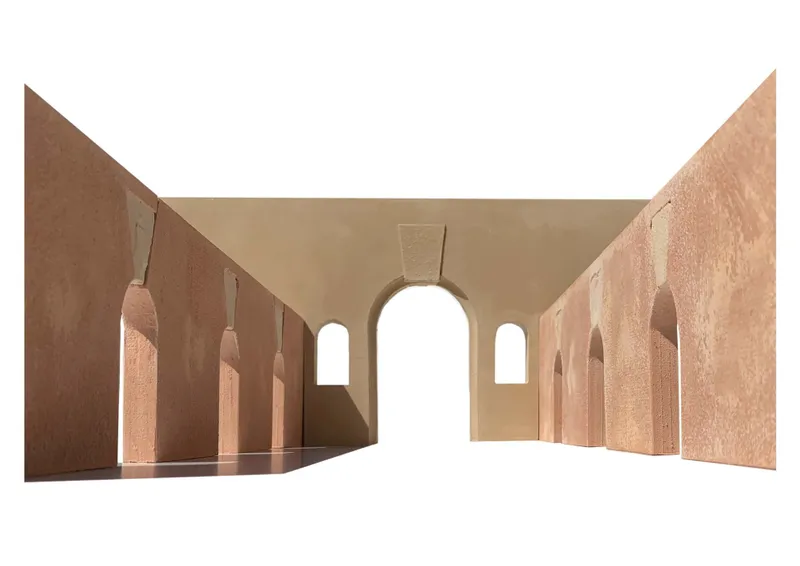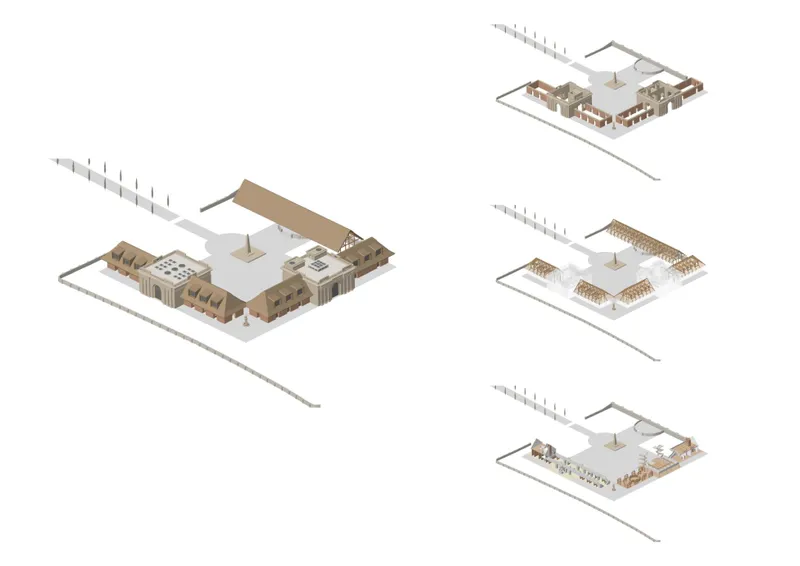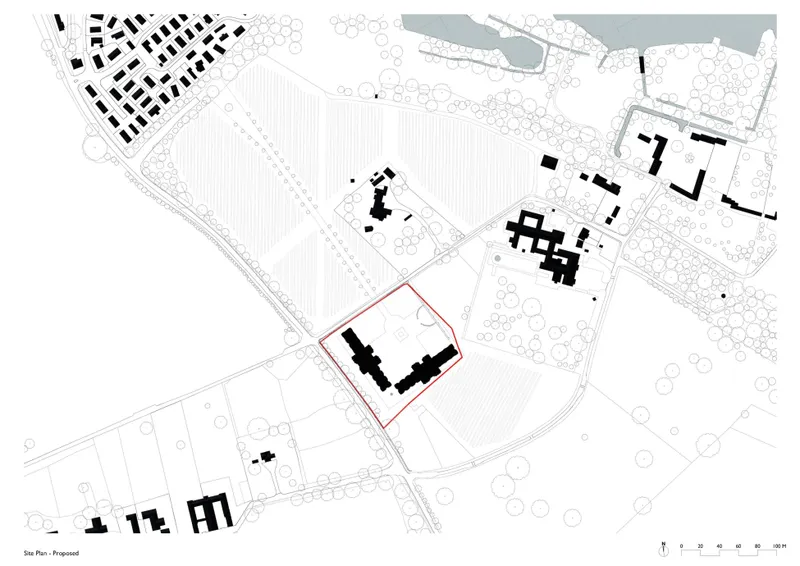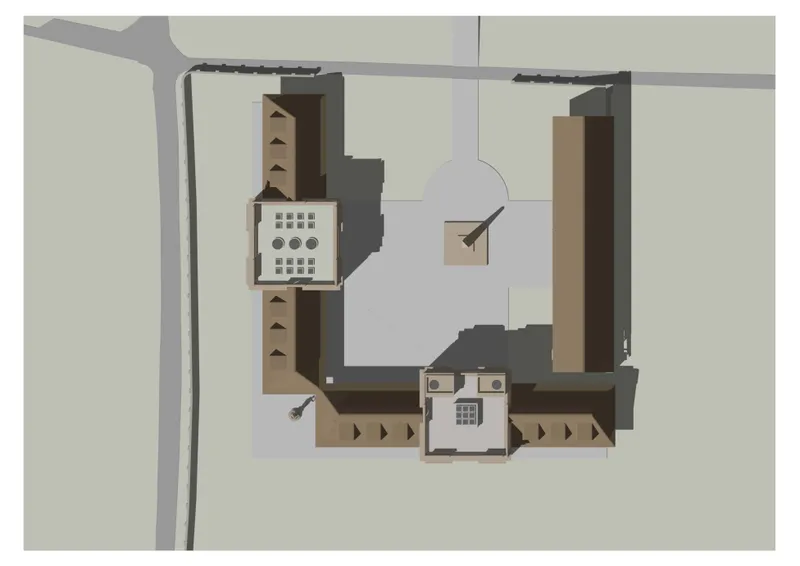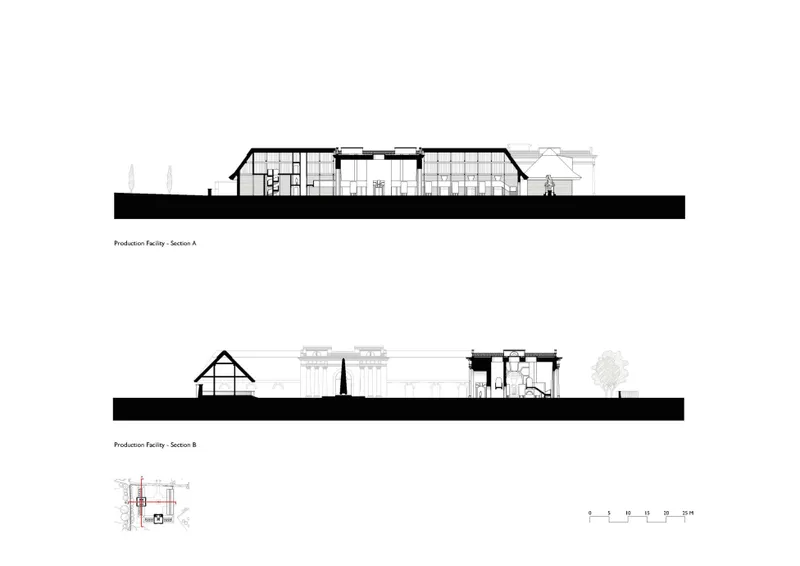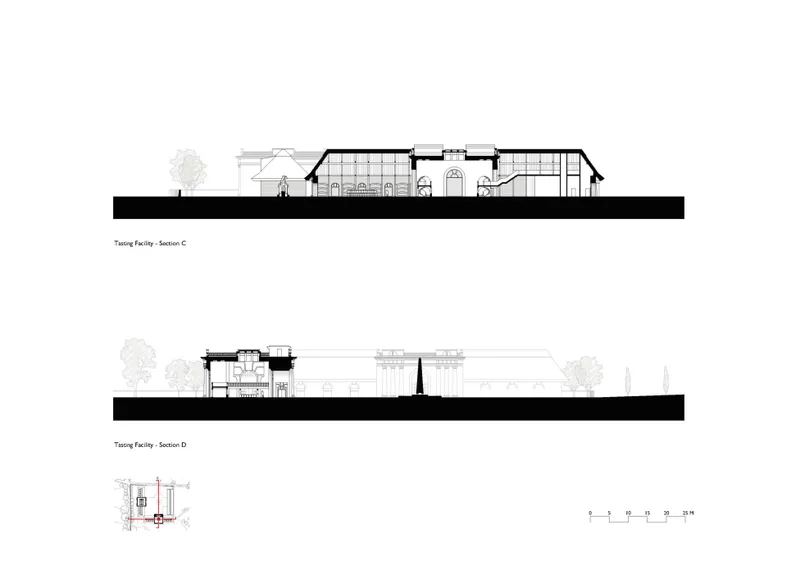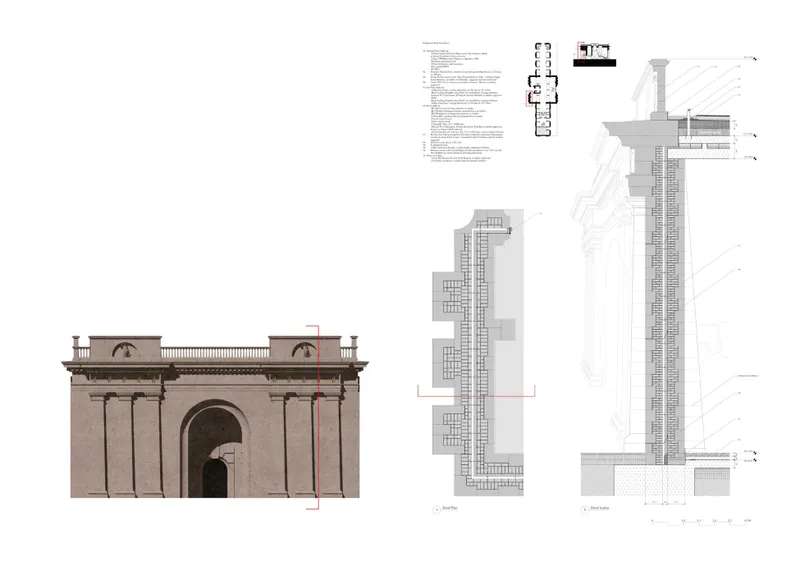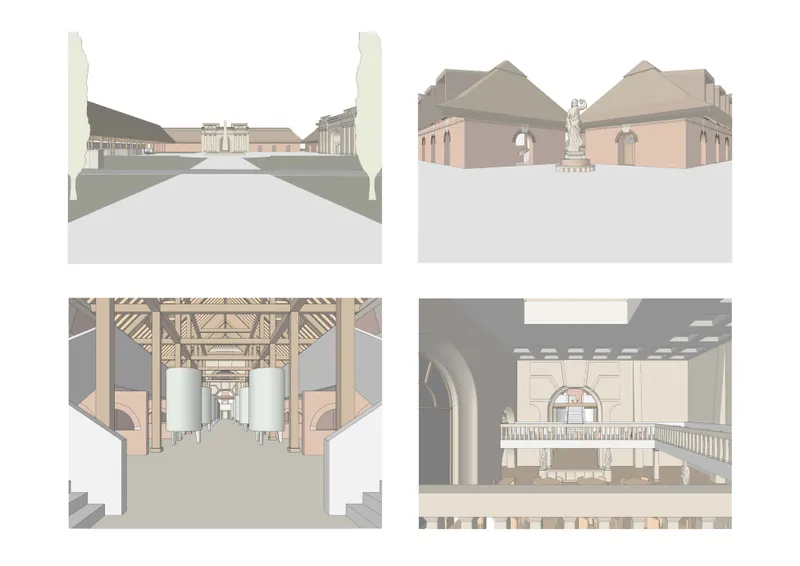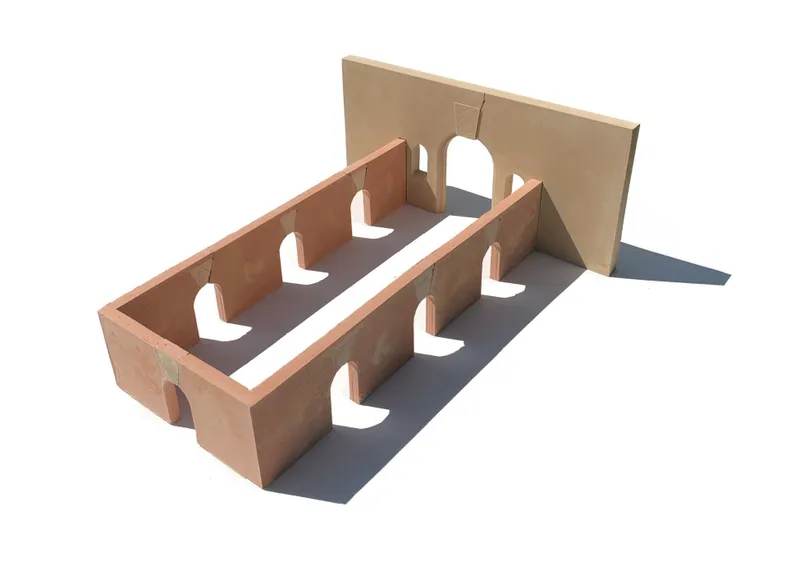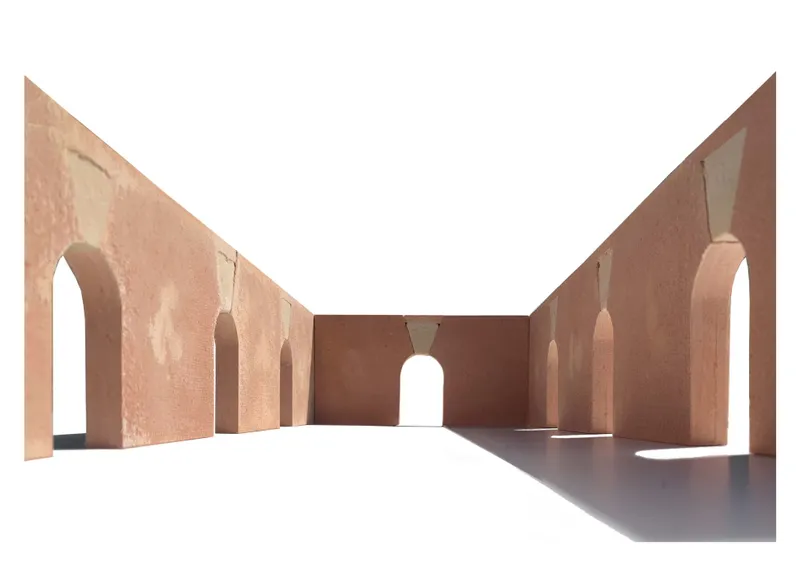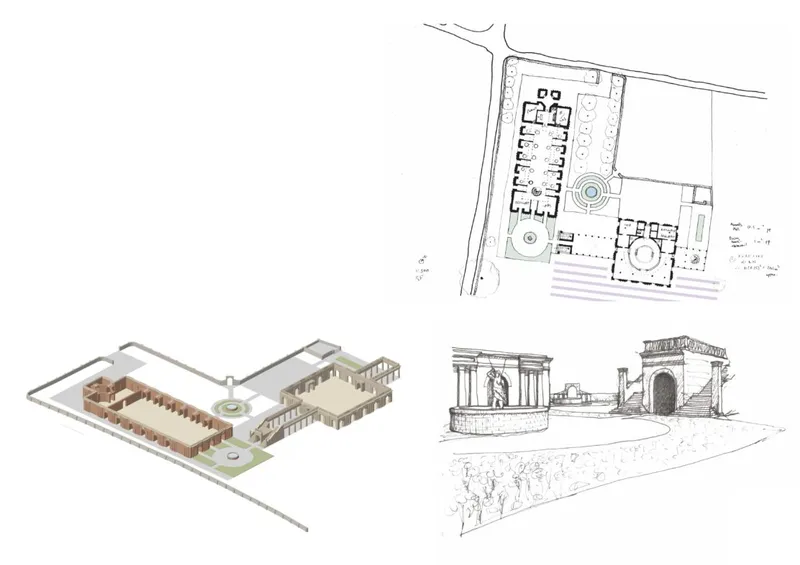What does traditional construction mean to me? This was the first question posed to me by my unit tutors. I thought of building with thickness, the load-bearing wall, buttresses, vaults, something we do not often see in today’s construction. The typical wall build up in today’s world consists of cavities, steel reinforcements, movement joints, wall ties, prefabricated parts assembled, etc. in a bid to meet U-value requirements and as a consequence of the thin structures used in the build ups. Why not build with more and build heavy and with a thickness so that we are building wise and building for the future. The initial carbon footprint would be substantial and costly, but I believe that the thicker construction will mean my design will hopefully last for a minimum of 200 years, possibly four times over the life span of the ‘typical’ modern construction. We need to consider the temporality of our buildings more and opt for longevity and flexibility, especially in public buildings.
“I thought of the beauty of ruins … the absence of frames … of things which nothing lives behind … and so I thought of wrapping ruins around buildings.” – Louis Kahn
The beauty of the ruin is indebted to its thick construction, a tectonic that offers mass, gravity, shadow and depth to a project, all the things that can imbue one with a sense of awe. Kahn was concerned with the aesthetics of the ruin, I also wanted to introduce ideas of solidity and permanence, monolithic forms with deep voids, but as a sustainable counterpoint to the attitude of modern construction. I thought of wrapping my design with a thick protective shell, destined to become a ruin. The concept of scaling up the wall build up threads its way into compositional elements throughout the scheme.
Brightwell Vineyard
